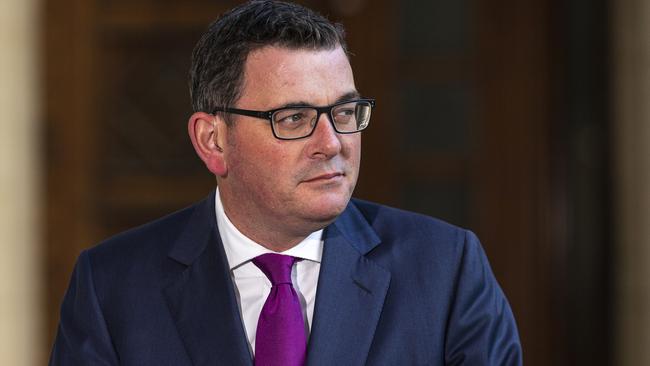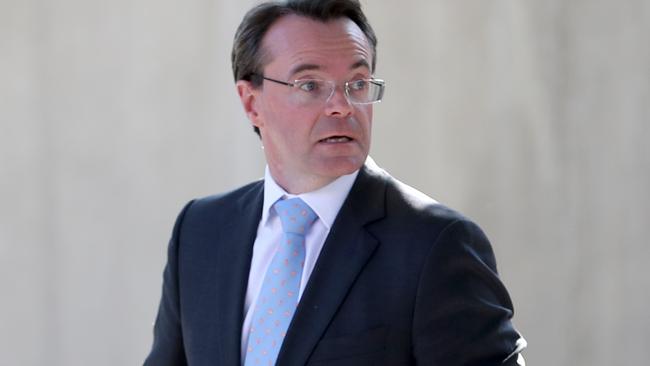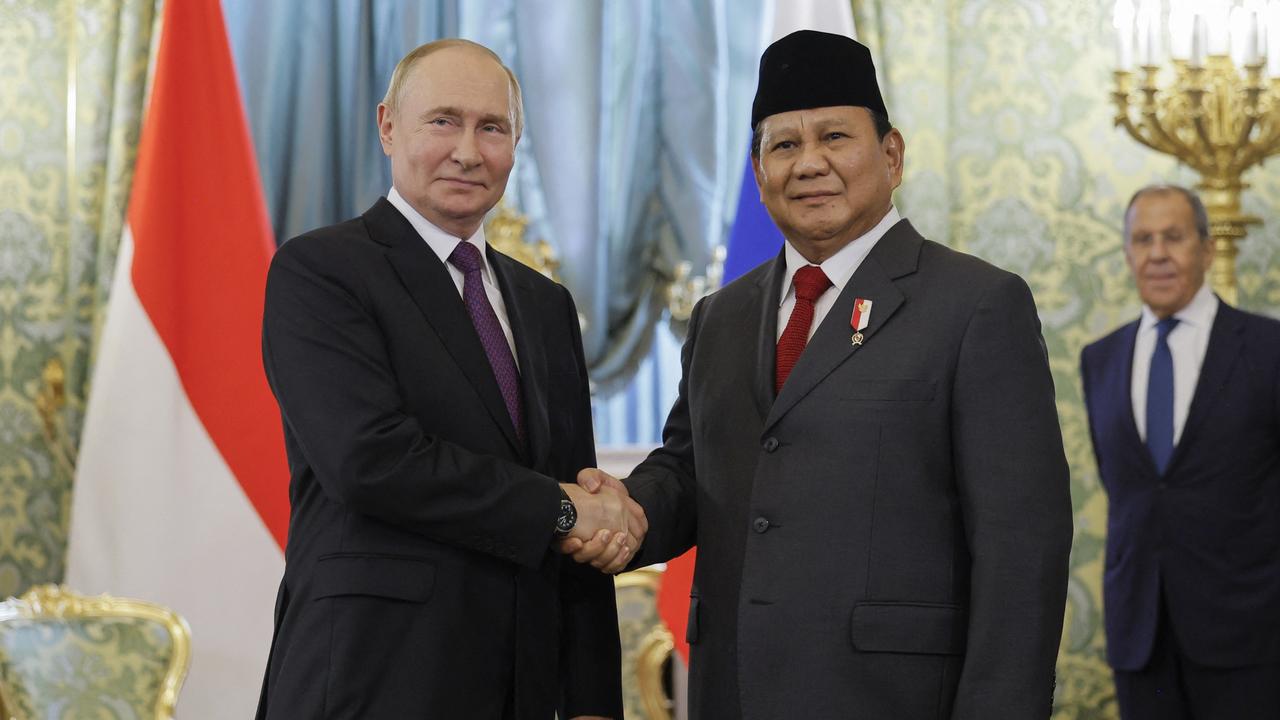Daniel Andrews to blame for power price hike: state opposition
The Premier has been criticised as energy providers get the green light to raise prices.

The Andrews government is to blame for an expected power bill price hike of as much as $50 per household, according to Victorian Opposition Leader Michael O’Brien.
Mr O’Brien’s comments came as Victorian Premier Daniel Andrews blamed coal-fired power plants for warnings that the state could face blackouts this summer.
The Australian Energy Regulator yesterday gave the go-ahead for electricity distributors to increase network charges from January 1 by up to $53 for households and $212 for small businesses.
The AER cited the cost of transmission and land taxes as the key reason for the price hikes, which will cost Victorians an extra $98.04m in network charges in 2020.
“This is just simply a case of the Andrews government putting up taxes, which is flowing through to higher power prices,” Mr O’Brien said.
“I mean five years ago we had some of the cheapest power in the country. Now we’ve got some of the most expensive power in the country.
“Every time people get some of those electricity bills, some of those gas bills, they might want to blame the power companies and maybe they should, but they should also blame Daniel Andrews, because it’s Daniel Andrews’ taxes that are pushing up the price of electricity and gas in this state.”

Asked whether power companies should be granted tax exemptions, Mr O’Brien said significant tax increases were the problem.
“Remember Daniel Andrews tripled the tax on brown coal, which led to the closure of Hazelwood, which led to an 85 per cent increase in wholesale power prices,” Mr O’Brien said.
“This is a government that believes you can tax anything, and it doesn’t have any flow-on effects, and it’s just not the case.
“We’re now the highest-taxed state in the country, we’ve got the highest debt in the country and the highest power prices in the country. That’s a pretty bad trifecta for Victorian consumers.”
Amid warnings of heatwaves this summer and a warning from the Australian Energy Market Operator in August that 1.3 million Victorian households would face blackouts unless it could procure 560MW of emergency reserves, Mr O’Brien said he was worried the state’s power supply “won’t cut it”.
“We’ve already had the Australian Electricity Market Operator warn that 1.3 million Victorian households could come off power this summer,” he said.
“One of the important ways in which you help people in a heatwave is making sure the power stays on, making sure that people can have access to fans and air conditioners.
“If the power goes off this is potentially going to be a health catastrophe. So the government needs to say what it’s doing to guarantee to Victorians that the power will stay on this summer, because in a heatwave it’s a matter of life and death.”
The AER’s increase in network charges is expected to add $53.04 to an average annual household bill in the United Energy zone, $46 in the Powercor area, $38.16 in the AusNet Services region, $37.26 in the Jemena zone, and $26.14 in the CitiPower region.
The hike is expected to range from $99.28 to $212.27 for small businesses, depending on their location.
Mr Andrews said the market regulator’s periodic assessment of transmission costs was a “pretty rigorous process”.
“They have to establish that those costs are real, and they have to establish their kind of critical needs, if you like, in terms of keeping the network operating,” Mr Andrews said.
“That process is done at a national level and we think that’s the most appropriate way to go.
“So yes, that will mean that in respect of those infrastructure charges, those poles and wires if you like, there will be an increase in people’s bills, but at the same time I would point you to the fact that we’re not wasting any time rolling out solar panels on 700,000 rooftops, our renewable energy agenda is second to none, and that’s putting downward pressure on prices.
“We had some reporting just recently that some of the other, if you like consumer protection framework that we’ve put in place particularly around default offers had led to substantial decreases in prices, so every now and then you’ll see a bump like this, and that’s obviously difficult for families, but ultimately what’s the alternative?
“We don’t upgrade the network and then people won’t be able to rely upon those poles and wires to get them the electricity they need.”
Asked whether he was confident the power would stay on this summer, Mr Andrews said AEMO had put a range of contingency plans in place.
“I think they will serve us well, but it’ll be challenging,” he said.
“We know that when you need power most, our coal-fired power stations can be relied upon least. They’ve demonstrated that over recent times.
“When that power is needed most, it would be foolish to think that every generator will work for every hour of every hot day.
“That’s why we are investing like no other Victorian government has ever invested in the renewable energy and the firming capacity and lots of other projects, some exciting announcements I’ll be pleased to make next year, that’ll see more and more power into the grid: good for prices, but also incredibly important in terms of making sure we’ve got enough power to keep this the strongest economy and the biggest state.”




To join the conversation, please log in. Don't have an account? Register
Join the conversation, you are commenting as Logout